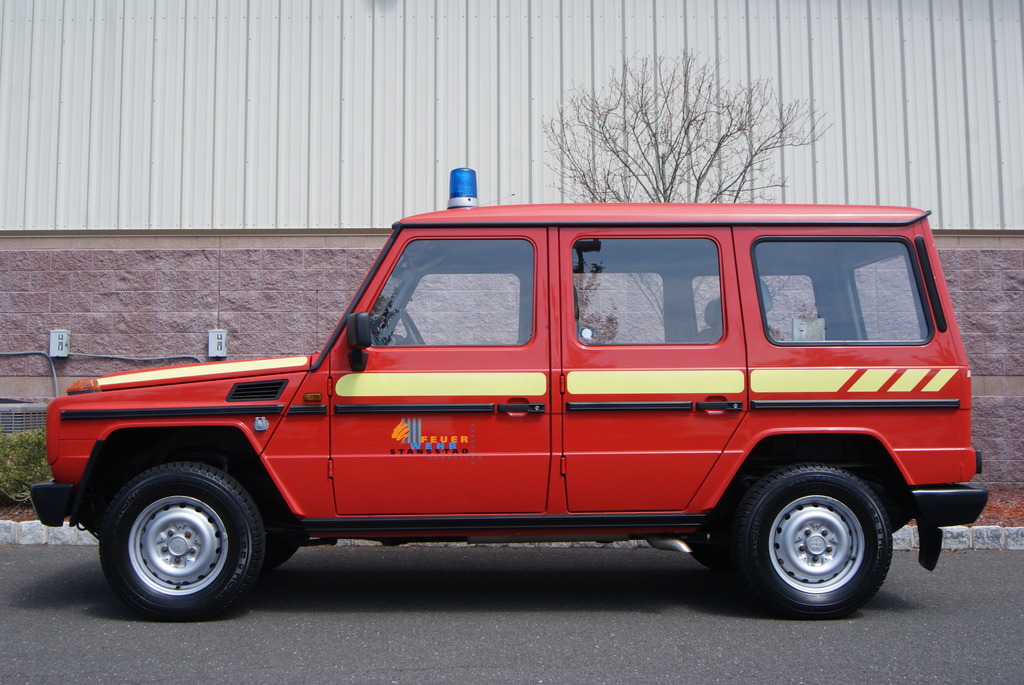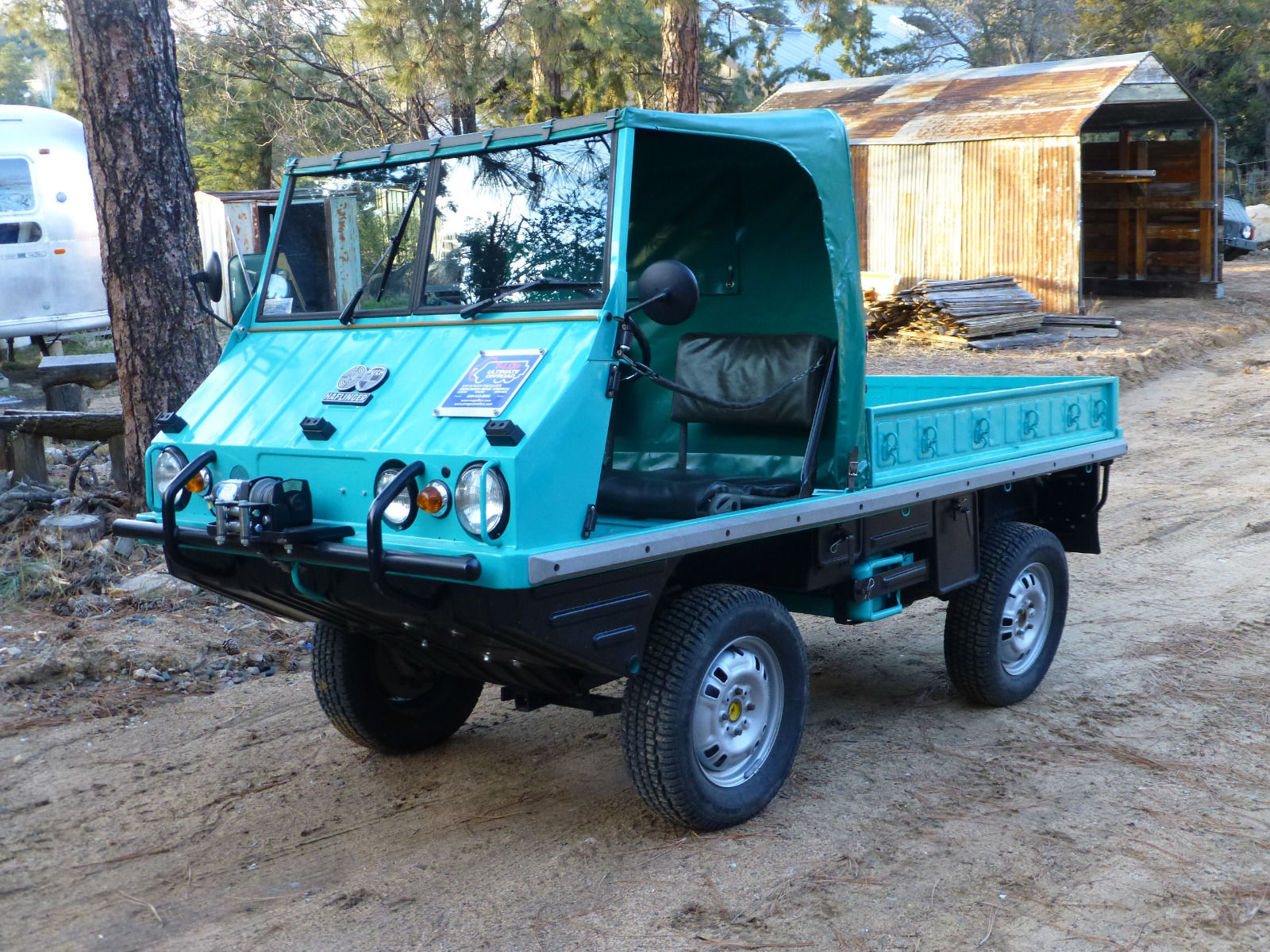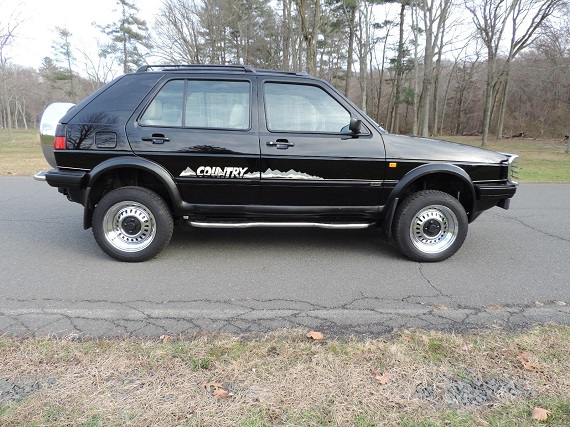Almost two months ago I checked out a 1991 G-Wagen that served Swiss Military well before passed on to civilian use for many more years of…
Comments closedTag: Daimler-Steyr-Puch
When it comes to German utilitarian vehicles, the Unimog is the be-all, end-all; a half-tractor, half-urban assault vehicle. But Austria offered an interesting and less agricultural way to achieve the same goal. Built in Graz, Steyr-Daimler-Puch (usually shortened to Steyr-Puch) offered two platforms for military and industrial all-road capability. Starting in 1954, the first was the Haflinger, and it was anything but traditional. Named for the famed sure-footed breed of Austrian mountain horses, unlike a usual body-over-frame design, the Haflinger employed lightweight yet rigid casings around its drivetrain, highlighted by a central tube which connected the front and rear drive sections. This formed the basis for the structural rigidity of the Haflinger. A platform was then mounted above to carry passengers and cargo. Though they looked quite light-duty as a result and indeed tipped the scales at a scant 1,300 lbs, the off-road capability was anything but lightweight. Portal axles with gear reduction, independent coil springs and manual locking differentials gave supreme off-road capability. Power for such a small package was modest, with the flat-twin cranking out about 30 horsepower in .6 liter form as we see here. While you might not be going anywhere fast, you were certain to get there no matter where “there” was.
CLICK FOR DETAILS: 1962 Steyr-Puch Haflinger on eBay
1 CommentThough it was never available in the U.S. until this coming model year, all-wheel drive in a standard Golf is nothing new. In fact, it’s been around since 1986.
If you follow me around the internet, and I don’t expect you to, you might have caught my article for The Truth About Cars about all-wheel drive Golfs which predated the R32. Though the idea sounds simple enough since parent company Audi had an all-wheel drive system that was ever so popular, mounting that longitudinal transmission and drivetrain into the transverse engine Golf was impossible. Instead, Volkswagen contracted Steyr-Daimler-Puch to design a viscous coupling setup for the Golf with a new independent suspended rear. Like the contemporary Quantum and Vanagon setups, it was dubbed “Syncro”, though outside of all-wheels being driven the three systems shared almost nothing.
The result was a few fan-favorite models. Performance types love the Quattro-inspired Golf Rallye, Golf G60 Syncro and Golf Limited models. But undoubtedly the most recognizable Golf to wear the Syncro badge was the jacked-up Golf Country. Utilizing an already heavily modified Golf Syncro, Daimler-Steyr-Puch installed some 438 unique pieces to create the light offroading Golf way before the Outback was conquered by Subaru:




